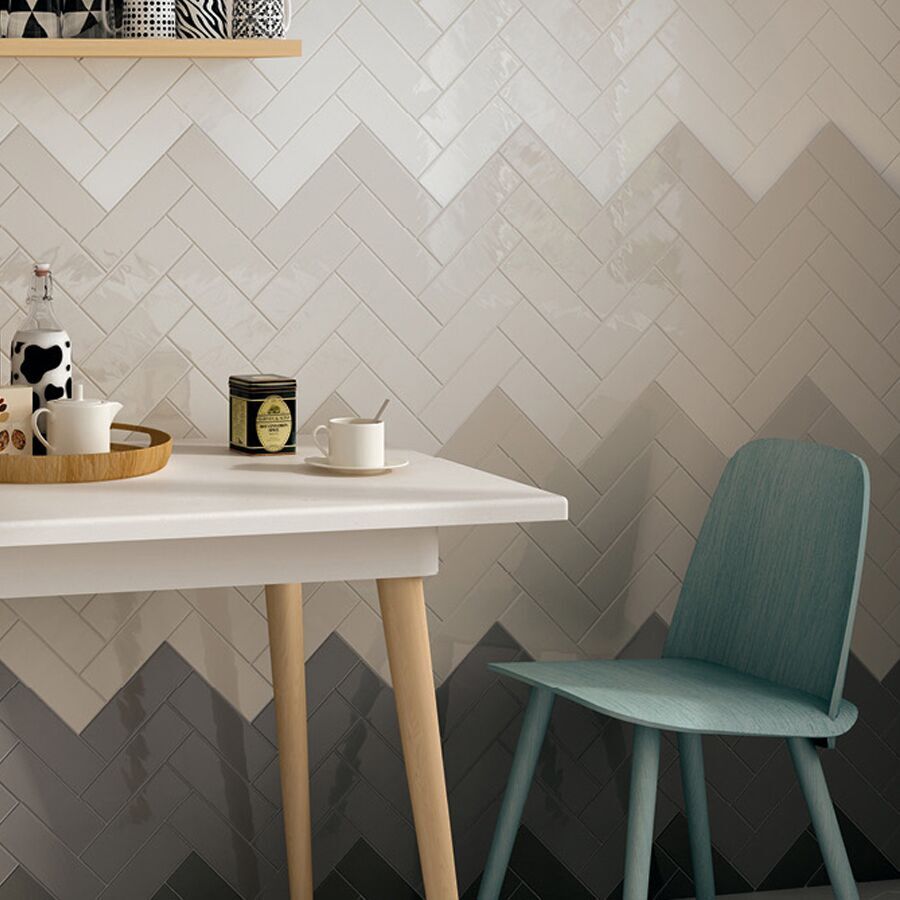If you were to go to your kitchen right now and look for fine ceramic ware, there is a high chance you’d find one. Such translucent ceramic is called Porcelain. Porcelain is a type of ceramic material known around the world for its strength and beauty. With its roots going back over 2000 years to medieval China, Porcelain has become a prominent part of Southern and Western homes. From family heirlooms to bathroom sinks and countertops, Porcelain is everywhere.
How is Porcelain made?
Porcelain is made just like any other type of ceramics – clay is mixed with supplements, molded, and cooked. Cooked at very high temperatures using fine clay, Porcelain is hard, dense, durable, and low-porous. Depending on the type of Porcelain, the temperature it is cooked in varies from 1100°C to 1400°C.
The primary ingredients used in the production of Porcelain are the clay, silica, and feldspar or flint. Depending on the type of Porcelain, these materials are combined with varied proportions to obtain the desired result. After the required materials are collected and the desired amount is weighed, the raw materials are crushed and crumbled into the required size. Then the raw materials are put through a number of screenings to remove any foreign materials and ensure the size is uniform. If the raw materials need to be wet, they are mixed with water until the required consistency is obtained. Next, when all ingredients are combined, the initial porcelain body is formed. Depending on the type of porcelain product being produced, the body can be created using one of the four methods – soft plastic forming, stiff plastic forming, pressing, and slip casting. When the initial body is formed, Porcelain is bisque-fried to vaporize any contaminants. The body is then glazed and passed through magnetic screenings to remove pollutants. Depending on the desired finish, the ingredients used for glazing are mixed. Now for the final part, the Porcelain is cooked in a Kiln. During this time, a different reaction takes place when the temperature goes up.
Types of Porcelain
The proportions of key ingredients in the mixture, firing temperature, and characteristics define the three types of Porcelain.
- Hard Paste: This is the original Porcelain, with its origin dating back to 7th century China. To create hard-paste Porcelain, the combination of raw materials is fired at 1400°C to create an incredibly durable material. This is the beginning of the world’s obsession with Porcelain.
- Soft Paste: Its origin can be dated back to 17th century Continental Europe, 10 years after the origin of hard-paste Porcelain. To create a soft paste, a mixture of raw materials is fired at 1100°C to 1250°C. The Soft-paste is comparatively weaker than hard paste and is made with a combination of bone ash, flint, quartz, soapstone, and clay.
- Bone China: First produced during 18th century Britain, Bone China shares similar characteristics to hard-paste Porcelain. It is made possible due to the discovery of the China Stone.
Porcelain Countertops, FloorsPrimary used as pottery material; Porcelain can also be used as countertops and tile for floors. However, before it can be used as such, a coat of pigmented glaze is applied to increase its aesthetic appeal and make it look more similar to natural stones like marble and granite. When that’s done, Porcelain makes excellent countertops and floors. This is because of the characteristics and properties of Porcelain. The combination of materials it is made with and the temperature it is baked on make porcelain a hard and durable material. In fact, it is about 30% stronger than the hardest granite. You know it can absorb almost any shock that a kitchen and bathroom might face. Unless you take a hammer and smack it as hard as you can, Porcelain will not crack. Moreover, glazing drastically reduces the porosity of Porcelain. This makes it extremely water and stain-resistant. It doesn’t even require sealing, making it easy maintenance. And since it is a manufactured material, the designs and patterns are practically limitless. Finally, it is a lot cheaper than marble, granite, or quartz, including the maintenance cost. So, in the long run, it is better to opt for porcelain countertops and floors for your bathrooms and kitchens. Porcelain can withstand heat and doesn’t get affected by direct sunlight, while natural stones like granite might get discolored over time under direct sunlight. While granite and marble are better choices indoors, you can use Porcelain both indoors and outdoors. It is a versatile material, just like the choices of countertops, slabs, and tiles at TezMarble.

